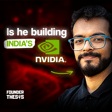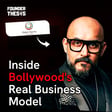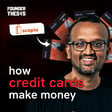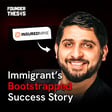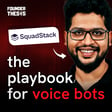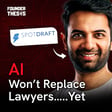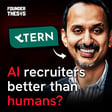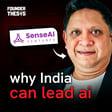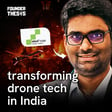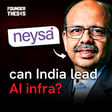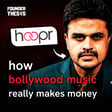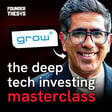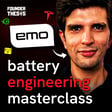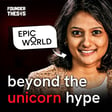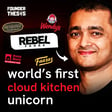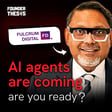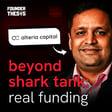
Building a $100mn ARR SaaS company from India | Anand Jain @ CleverTap
Anand Jain lost his father when he was just 12. This experience caused him to step into an entrepreneurial role very early in life and Anand has literally done it all - from selling detergent door-to-door, to repairing and assembling computers to writing software. Despite no academic track record to speak of, Anand ended up getting hired by a tech company in the Silicon Valley in peak dot com era.
And while he could have settled for the American dream and made big dollars, he decided to come back to India and chase impact instead.
In India, he set up the original restaurant discovery website before Zomato, and if things had worked out differently - that startup would be a peer of Zomato and Swiggy today.
But the best is yet to come and Anand is currently the co-founder and product head at Clever Tap - which is a 100-million-dollar Saas company with a strong focus on serving India. This puts CleverTap into a category of its own with hardly any peers.
This conversation is proof that adversity leads to the best kind of resilience and Anand’s humility and depth of insights will leave you hungry for more.
Stay tuned for this very special episode of the Founder Thesis podcast with your host Akshay Datt.

